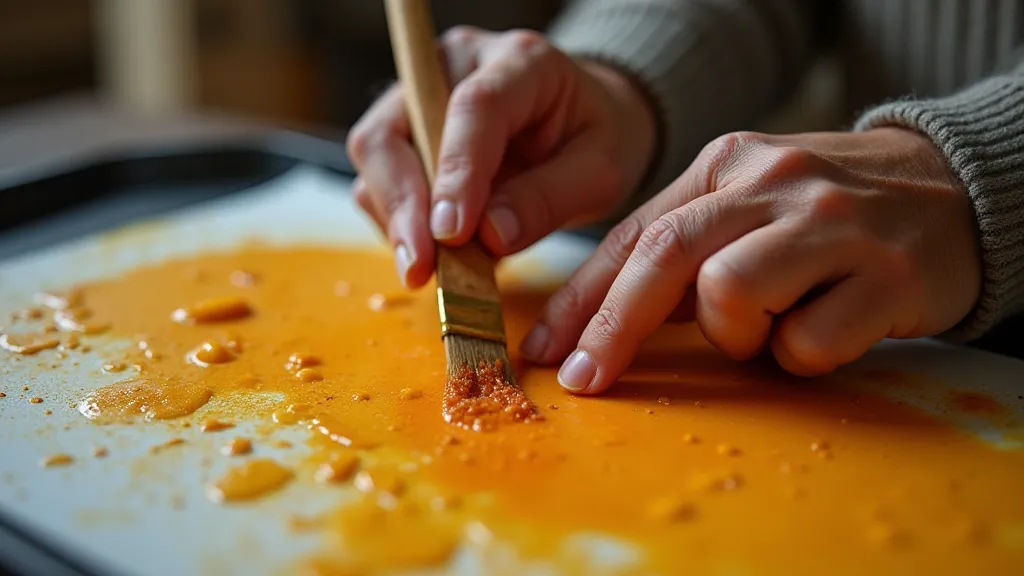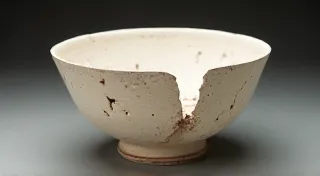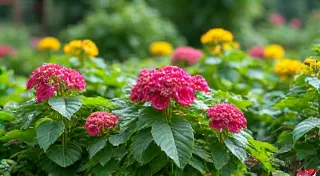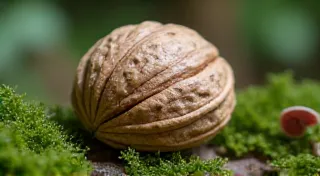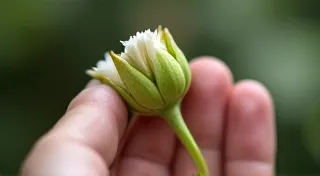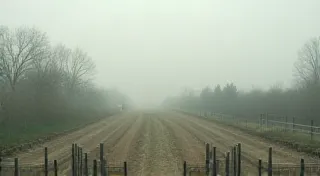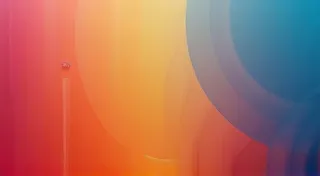The Painter's Breath: Natural Dyes and the Illusion of Depth
There's a quiet reverence I feel when examining a piece of antique fabric dyed with natural pigments. It's more than appreciation for the color itself, though those tones, extracted from roots, berries, and bark, are often breathtaking. It’s a sense of time held within the weave, a whisper of the hands that coaxed the hues from the earth. It evokes a similar feeling to encountering an old accordion – each button a testament to a past performance, the bellows holding the echo of melodies long gone. Both are objects imbued with a soul, shaped by intention and honed by meticulous skill.
Natural dyeing, at its highest level, isn’t merely about applying color. It's about crafting an illusion, a visual depth that transcends the flat plane of the cloth. Think of the masters of oil painting – Rembrandt, Vermeer – their ability to create a palpable three-dimensionality through subtle shifts in light and shadow, through layering translucent glazes. Traditional textile dyers achieved a remarkably similar effect, employing techniques that built upon each other, creating an interplay of tones that fooled the eye.
A History Rooted in Earth and Innovation
The practice of natural dyeing stretches back millennia, pre-dating written history in many cultures. Early humans quickly discovered that the vibrant pigments found in their environment could be harnessed to adorn their clothing and ceremonial objects. From the indigo-dyed fabrics of ancient Peru to the crimson hues of Byzantine silk, natural dyes have been integral to human expression across the globe. These weren’t just aesthetic choices; the colors often held deep symbolic meaning, representing status, clan affiliation, or connection to the natural world.
What's often overlooked is the ingenuity behind these processes. It wasn’t simply a matter of tossing berries onto fabric. Dyers meticulously documented which plants yielded the most desirable colors, experimented with mordants (substances that help dyes bind to fibers) to alter the resulting shades, and developed complex layering techniques to create nuanced effects. The Japanese Shibori tradition, for example, with its intricate resist-dyeing methods, demonstrates an unparalleled mastery of controlling dye penetration, resulting in stunningly detailed patterns and tonal variations. Similarly, Indian Kalamkari textiles employ a combination of hand-drawing, block-printing, and natural dyes to produce richly layered narratives on cloth.
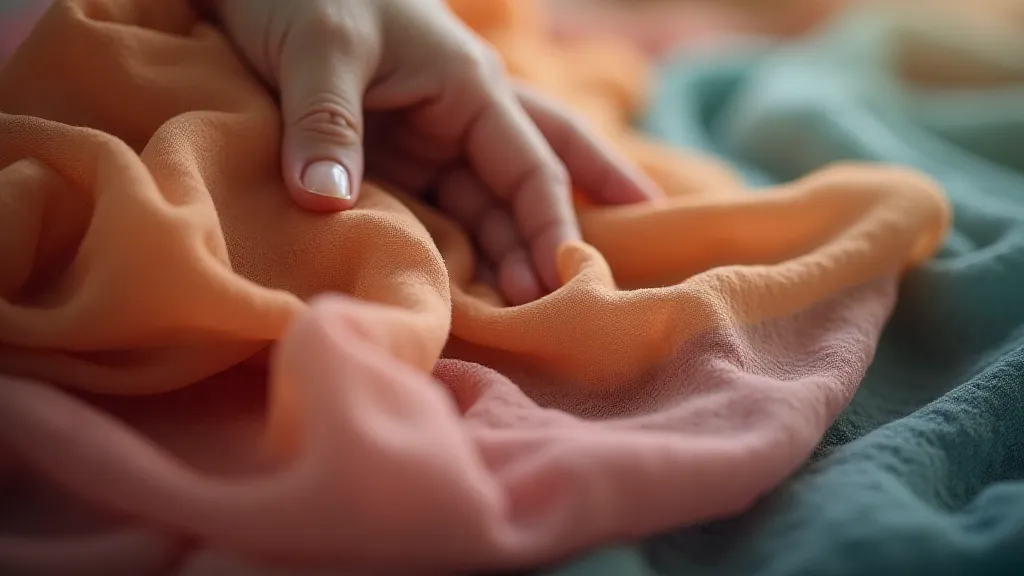
The Art of Layering: Building Depth with Tone
The illusion of depth in naturally dyed textiles is rarely achieved with a single application of dye. Instead, dyers employ a process of layering – applying successive dyes, often in diluted forms, allowing each layer to subtly modify the previous one. This is akin to a painter’s glazing technique, where thin, translucent layers of paint are applied over one another to build up color intensity and complexity. The brilliance lies in the variations – subtle shifts in color intensity, slight differences in tone, and the interplay of light and shadow.
Consider the traditional Mexican process of creating “indigo-painted” textiles. While often referred to as painting, it’s actually a remarkably sophisticated dyeing technique. The dyer will apply indigo repeatedly, but each application is carefully controlled. Areas may be masked or protected, resulting in a ‘resist’ pattern where the dye doesn’t penetrate. Diluted applications create lighter shades, while concentrated areas produce deeper blues. The resulting image often appears to float on the fabric, possessing a remarkable sense of depth and dimension.
Another technique involves using “shifting mordants.” Different mordants – alum, iron, tin – interact differently with dye molecules, subtly altering the resulting color. A dyer might apply one mordant to a portion of the fabric, another to another area, and then dye the entire piece with a single pigment. The resulting color variation creates a visual texture that mimics the way light falls on a three-dimensional object. It's a subtle trick, but incredibly effective in creating the illusion of form.
The Restorer’s Perspective: Understanding the Marks of Time
For those of us drawn to antique textiles, understanding the techniques behind natural dyeing is more than just an academic exercise. It's essential for appreciating the artistry of the original creation and for responsibly caring for these fragile artifacts. The unevenness, the subtle variations in color – these aren't flaws; they are hallmarks of the process, evidence of the hand that guided the dye.
Restoring a naturally dyed textile requires a delicate touch. Harsh cleaning methods can strip away the fragile dye molecules, further fading the color and damaging the fibers. Knowing that a textile was likely dyed with natural pigments informs how we approach cleaning and stabilization – favoring gentle, pH-neutral methods that respect the original materials.
Similarly, for collectors, recognizing the signs of natural dyeing can be a valuable indicator of authenticity and age. The presence of 'bleeding' – where dyes slowly migrate into surrounding areas when wet – is a common characteristic of natural dyes, particularly those derived from plant sources. However, this isn’t a foolproof method; synthetic dyes can sometimes mimic this effect. Careful examination under magnification, along with a basic understanding of dye chemistry, can help to differentiate between natural and synthetic pigments.
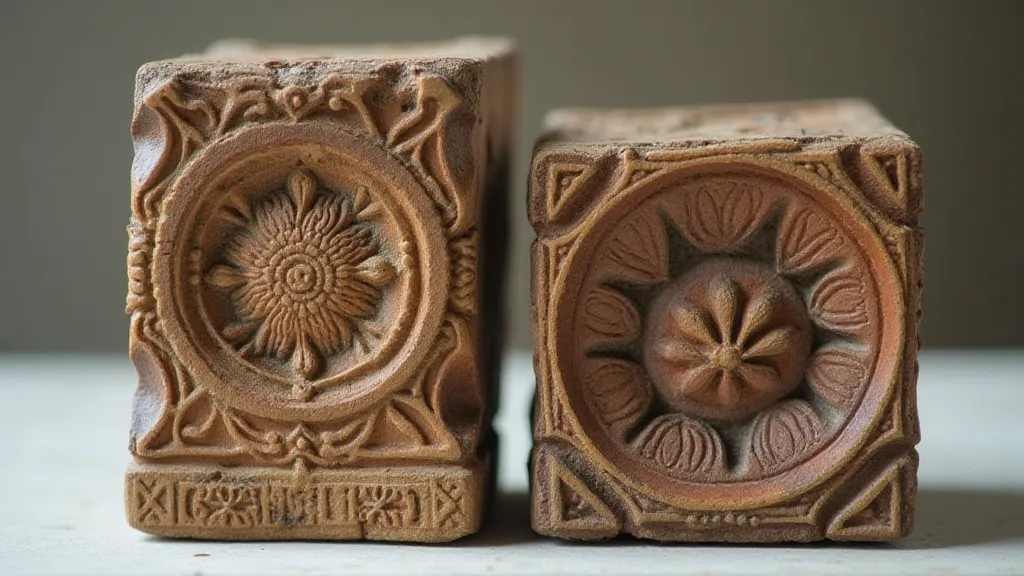
A Legacy of Skill and Connection
The techniques of natural dyeing are far more than a set of procedures; they are a form of cultural heritage, a tangible link to the past. The dyers of centuries ago weren’s just applying color to fabric; they were embodying a deep connection to the natural world, drawing sustenance and inspiration from the plants and minerals around them. Their skill, passed down through generations, represents a profound understanding of both the material world and the art of transformation.
The resurgence of interest in natural dyeing today is a testament to the enduring appeal of these traditional methods. It's a reaction against the uniformity and disposability of mass-produced textiles, a desire to reconnect with a slower, more mindful way of creating. As we embrace these techniques, let us also remember the hands that came before us, the dyers whose ‘painter’s breath’ continues to resonate within the threads of our cultural heritage.
